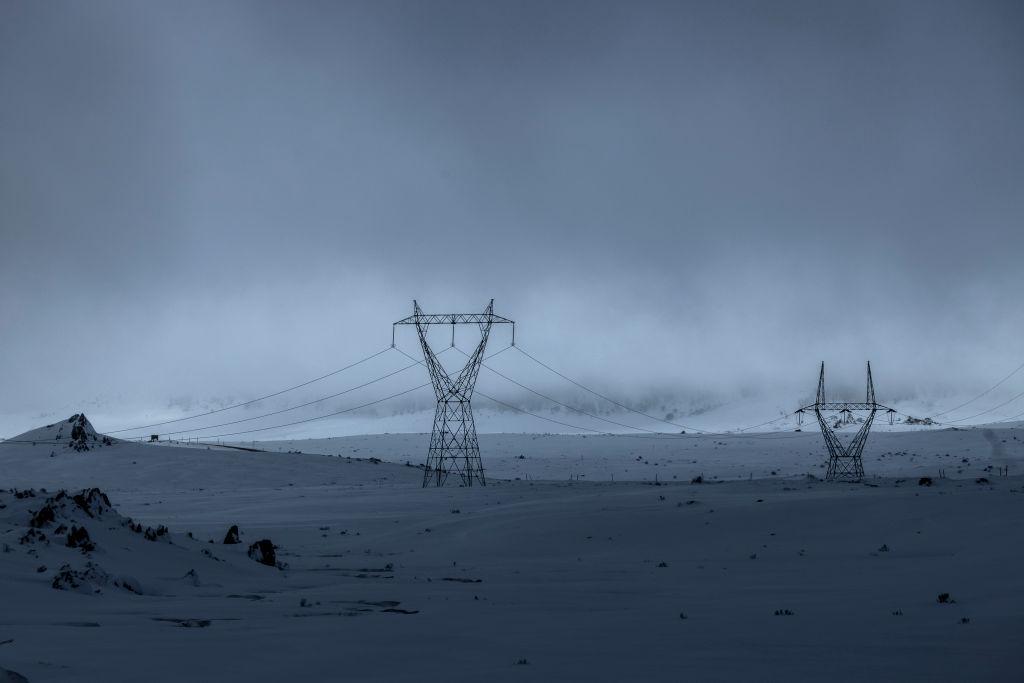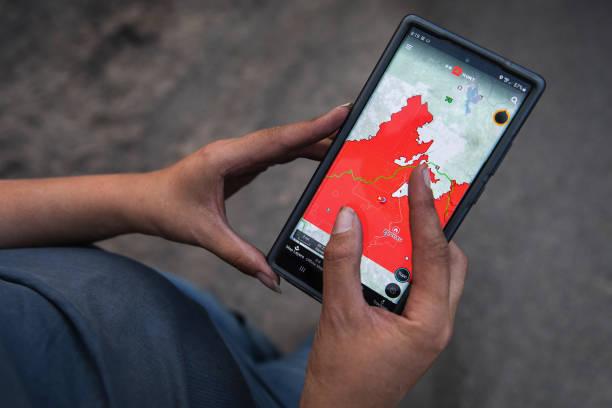Australia’s National Wind Farm Commissioner’s role will be expanded to cover new major transmission projects from Friday.
Andrew Dyer, who took office in 2015, will now be known as the Australian Energy Infrastructure Commissioner and will help to resolve complaints and concerns about transmission projects regarding the design, planning, construction, and operation phases. He will also assist industry and government to adopt best practices when deploying projects.





